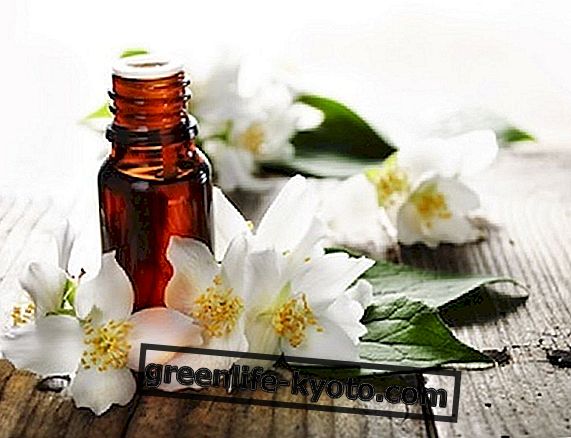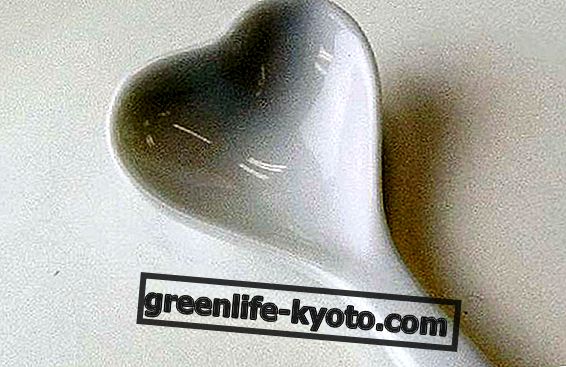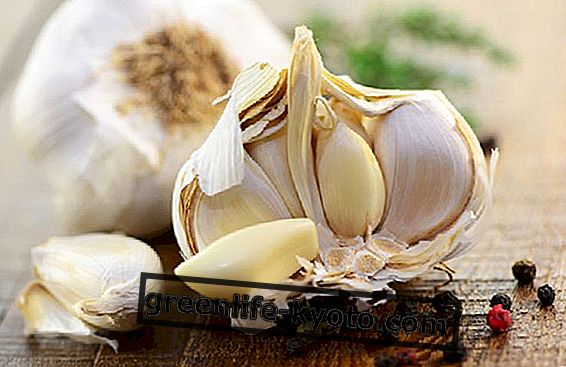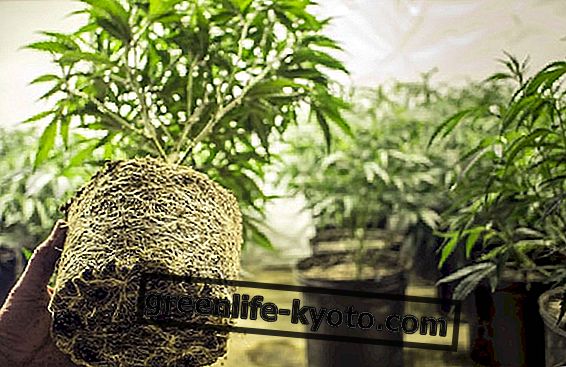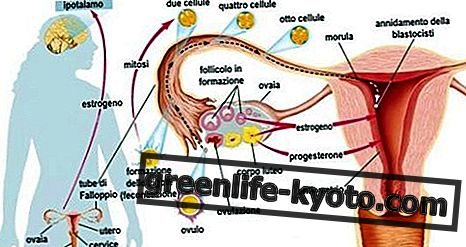Eleutherococcus ( Eleuterococcus senticosus ) is a plant of the Araliaceae family. Useful for stimulating the metabolism and balancing energy, it is an excellent anti-stress . Let's find out better.

Properties of the Eleutherococcus
The eleuterococcus root, also called Siberian ginseng, is used in herbal medicine for its remarkable tonic and adaptogenic properties, which can improve the body's resistance to external attacks and "adapt" it to climate and seasonal changes.
The presence of a mixture of eleuterosides, sterols, glucosides, coumarins, free phenolic acids and saponins makes it a long-life elixir, able to stimulate the metabolism and balance energy.
The use of the plant is therefore indicated in states of stress and fatigue, fatigue, convalescence, psycho-physical exhaustion, fatigue, hypotension, and when a greater capacity for performance in sports or concentration is required. of attention in the study and during the preparation of exams.
Furthermore, the plant is rich in polysaccharides which give it immunomodulatory properties, as it increases the number of T lymphocytes and strengthens the activity of white blood cells. Its use is indicated in the prevention of infectious diseases and in flu forms, because it counteracts the onset of diseases and increases resistance to cold.
Eleutherococcus is also known as "women's Ginseng", because the type of active ingredients contained in it with tonic properties are more suited to the female organism.
In fact, under stress, women are more prone to anxiety and depression, which is why a stronger tonic, such as ginseng or guarana, could increase nervous tension. Instead the plant improves physical and mental performance without inducing nervousness or agitation and without disturbing sleep.
It also has aphrodisiac properties, because it is able to optimize the secretion of hormones, stimulate the adrenal and sexual glands, with a consequent increase in libido, improves blood circulation and is therefore used in the treatment of sexual disorders and female frigidity.
What they are and how to use herbs against stress

Method of use
INTERNAL USE:
In excessive doses, it could cause headache, tension and insomnia. It is not recommended in the presence of extrasystoles and tachycardia, asthma and emphysema. Do not take during pregnancy, breastfeeding. In women who use oral contraceptives, it could have estrogenic effects.
Eleutherococcus mother tincture : 30-40 drops in a little water on waking or late morning
400-800 mg a day of dry extract in the form of tablets or capsules in the morning
Contraindications of eleuterococcus
There are no particular contraindications for taking Eleutherococcus. Not recommended for use in hypertension and insomnia .
However, some interactions of the herb with particular drugs are known, such as insulin, the dosage of which must be controlled if the eleuterococcus is taken.
Description of the plant
Erect plant (1.5-2.5 m.) Perennial, thorny, with light gray or brown bark. The leaves with long petiole are palmate composed of 5 elliptic leaflets, with finely serrated margins and tiny spines along the veins. The flowers are yellow or violet, united with an umbrella near the leaf axil; the fruits are fleshy, black-reddish berries.
The habitat of the eleuterococcus
A native of the taiga of north-eastern Russia, it grows spontaneously in Northeast Asia, Siberia, Mongolia, China (especially in Manchuria and Heilongjiang Province), South Korea and Japan . It prefers temperate-cold climates up to 800 meters.
Background
The Russian botanists gave him the first botanical name: Hedera senticosa, in 1856. Only three years later the botanist Maximowicz removed the plant from the genus Hedera and created for her the new genus Eleutherococcu s, calling it Eleutherococcus senticosus . In the same year a German botanist united the genus Eleutherococcus with the genus Acanothopanax, first a subgenus of Panax . Although most botanists now use the genus Eleutherococcus, in German and Chinese the plant is recognized as Acanthopanax senticosus .
This plant has long been depicted as the dietary supplement responsible for the exceptional sports activities of the athletes of the former USSR and was also used as a dietary supplement by the Soviet astronauts, during long stays in space.
In collaboration with Erboristeria del Pigneto

